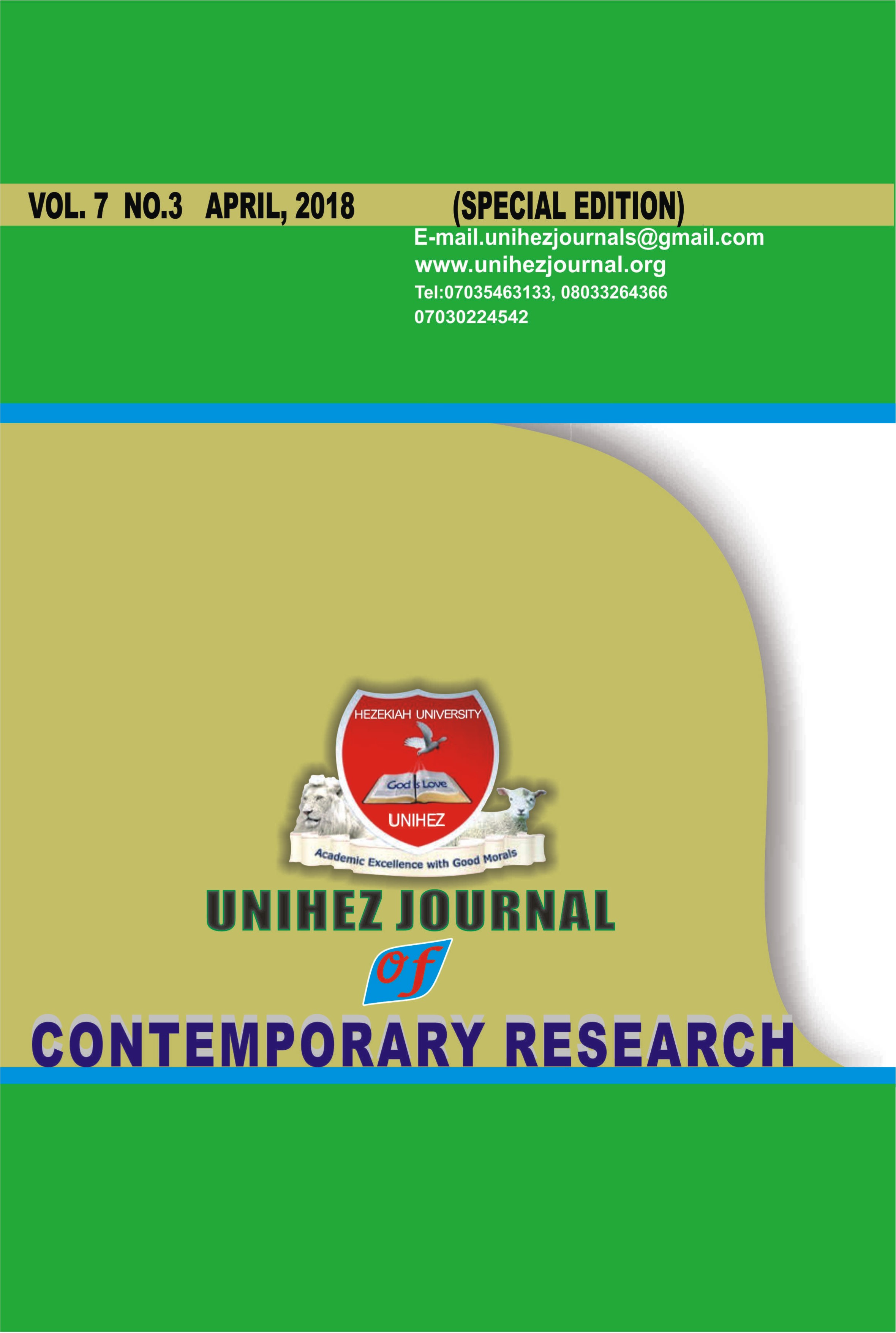2022
Vol. 10, No. 1
This study investigates the effect of gas flaring on heat and soil around the Agbada flow station Rivers State, Nigeria. The study adopted the completely randomized block design (CRBD). Ambient air quality was measured at four stations using the Aeroqual 500 Series Gas Monitor, GT 321 Particulate Meter, GPS, Extech Meteorology Meter, and measuring tape to assess pollutants. The study revealed that Station 1 (Upstream) recorded the highest CO₂ (613 ppm), temperature (34.0°C), and wind direction (WS 520), indicating it’s the hottest location. Station C (Life Camp) recorded the highest PM2.5 (0.011 μg/m³), PM10 (0.016 μg/m³), and O₃ (0.03 μg/m³), indicating highest air impurity. The Control site recorded the highest levels of NO₂ (0.090 μg/m³), noise (58.1 dBA), wind speed (2.0 m/s), and relative humidity (78.1%), suggesting the influence of external anthropogenic activities like vehicular emissions, and environmental factors like microclimatic conditions unrelated to direct gas flaring activities. The study found that Ammonia (0.200 μg/m³) and Carbon Dioxide (575.67 μg/m³) exceeded WHO limits of 0.53 μg/m³, and 462 μg/m³ respectively, indicating emissions from gas flaring, posing risks of soil acidification and long-term soil fertility decline. It was also found that Carbon Dioxide (CO₂) recorded a high mean concentration (575.67 μg/m³), exceeding the control (527 μg/m³) and WHO limits (462 μg/m³), making it the dominant heat-contributing gas. The study recommended that government institute environmental management and intervention measures such as gas capture and utilization, flaring reduction technology, regular air quality monitoring, and planting a temperature resistant plant like Lantana, to mitigate the emission and absorption of the excess CO2, which hampers the goal of safeguarding environmental and public health around the environs of the Agbada Flow Station.
AMAECHI-ONYERIMMA, C. A., ONUGHA, A. C.
